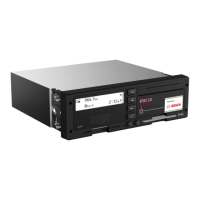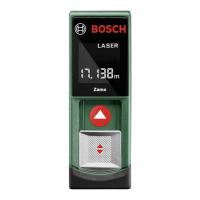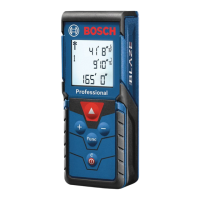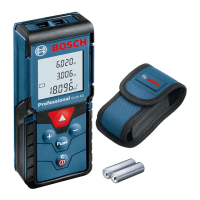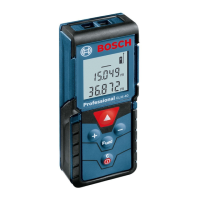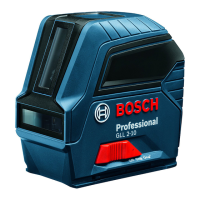Do you have a question about the Bosch Intellic EFAS-4.11 and is the answer not in the manual?
Outlines key EU regulations governing the use and installation of tachographs.
Describes the types, functions, and handling of tachograph smart-cards.
Explains the function of each operating key on the EFAS device.
Explains how different card types affect operating modes and combinations.
Explains the function of each connector (A, B, C, D) for vehicle integration.
Provides detailed pin assignments for each connector (A, B, C, D).
Covers the installation and connection of the motion sensor for speed detection.
Details the procedure for replacing the internal battery, essential for memory retention.
Outlines pre-activation steps like buffer battery replacement and software checks.
Describes the step-by-step process of activating the tachograph and pairing components.
Explains how to manually pair the motion sensor if automatic pairing fails.
Covers the installation and connection of the DSRC module for remote communication.
Lists key parameters for adapting EFAS to vehicle types and external devices.
Details the function that automatically sets parameters based on input signals.
Specifies requirements for certified test equipment needed for calibration.
Describes the calibration process, including motion sensor pairing and test runs.
Explains how EFAS monitors system functions and categorizes faults.
Differentiates between EFT, DTC, and Service ID error codes.
Provides a systematic approach to identifying and resolving displayed faults.
Lists diagnostic tools like test equipment and the EFAS Service Tool.
Introduces built-in tests for checking component and interface functionality.
Step-by-step guide for safely removing the EFAS tachograph from a vehicle.
Procedure for ejecting a stuck smart-card, including necessary precautions.
Provides an overview of Event Fault Types (EFT) and their corresponding Service IDs.
Lists all events and faults with their meanings and troubleshooting measures.
Lists DTCs supported by the system and their corresponding Service IDs.
Explains the two CAN interfaces, their connections, and data transfer.
Details the steps for transferring the downloaded software to the tachograph.
| Brand | Bosch |
|---|---|
| Model | Intellic EFAS-4.11 |
| Category | Measuring Instruments |
| Language | English |
